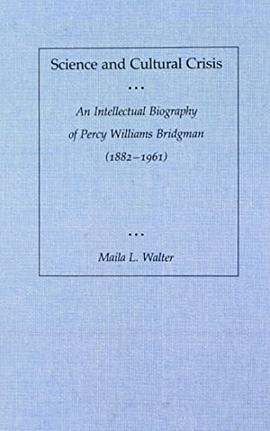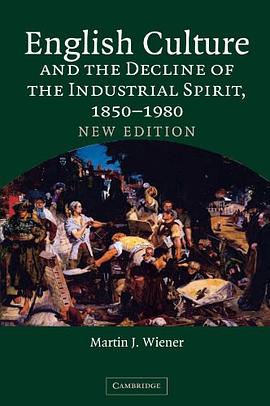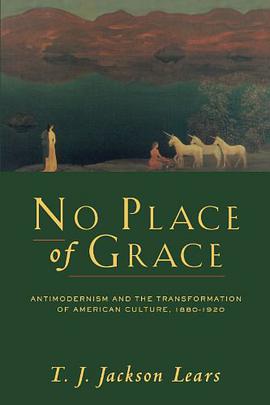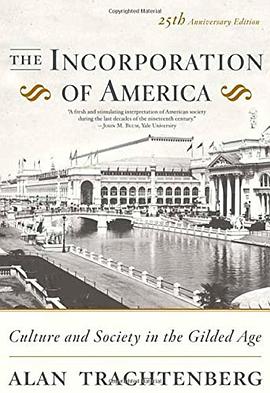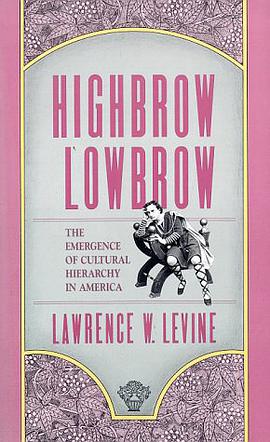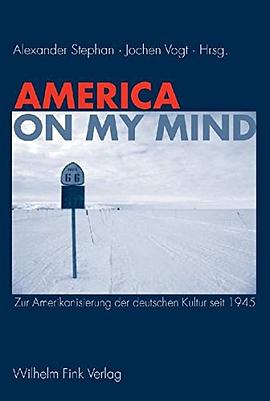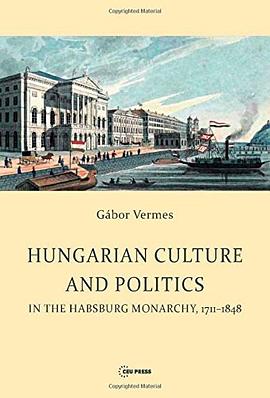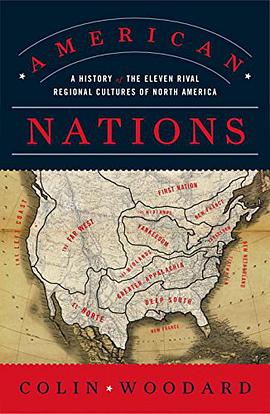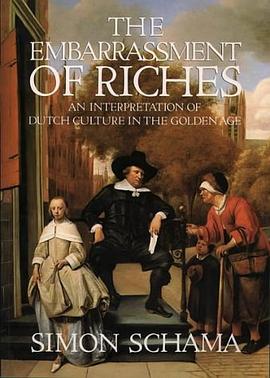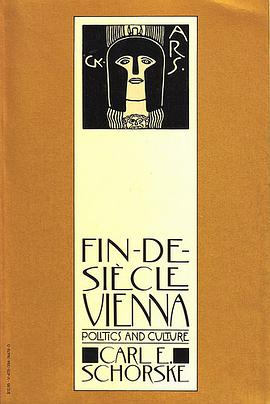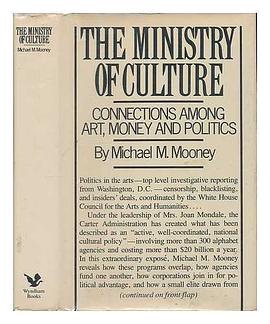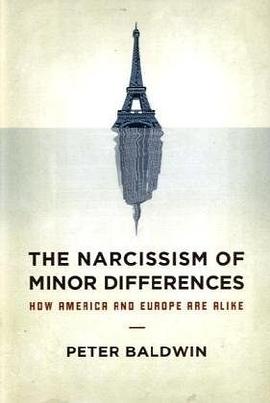文化
Enzyklopädie jüdischer Geschichte und Kultur 豆瓣
J.B. Metzler Verlag GmbH
2015
Enzyklopädie jüdischer Geschichte und Kultur 豆瓣
J.B. Metzler Verlag GmbH
2016
- 7
Science and Cultural Crisis 豆瓣
作者:
Maila Walter
Stanford University Press
1990
- 10
English Culture and the Decline of the Industrial Spirit, 1850-1980 豆瓣
作者:
Martin J. Wiener
Cambridge University Press
2004
- 9
England was the world's first great industrial nation. Yet the English have never been comfortable with industrialism. Drawing upon a wide array of sources, Martin Wiener explores the English ambivalence to modern industrial society. His work reveals a pervasive middle- and upper-class frame of mind hostile to industrialism and economic growth. From the middle of the nineteenth century to the present, this frame of mind shaped a broad spectrum of cultural expression, including literature, journalism, and architecture, as well as social, historical, and economic thought. In this edition, Wiener reflects on the original debate surrounding the work and examines the historiography of the last few decades. Written in a graceful and accessible style, with reference to a broad range of people and ideas, this book will be of interest to all readers who wish to understand the development - and predicament - of modern England.
No Place of Grace 豆瓣
作者:
T. J. Jackson Lears
University of Chicago Press
1994
- 6
T. J. Jackson Lears draws on a wealth of primary sources -- sermons, diaries, letters -- as well as novels, poems, and essays to explore the origins of turn-of-the-century American antimodernism. He examines the retreat to the exotic, the pursuit of intense physical or spiritual experiences, and the search for cultural self-sufficiency through the Arts and Crafts movement. Lears argues that their antimodern impulse, more pervasive than historians have supposed, was not "simple escapism," but reveals some enduring and recurring tensions in American culture.
The Incorporation of America 豆瓣
作者:
Alan Trachtenberg
Hill and Wang
2007
- 2
A classic examination of the roots of corporate culture, newly revised and updated for the twenty first century
Alan Trachtenberg presents a balanced analysis of the expansion of capitalist power in the last third of the nineteenth century and the cultural changes it brought in its wake. In America's westward expansion, labor unrest, newly powerful cities, and newly mechanized industries, the ideals and ideas by which Americans lived were reshaped, and American society became more structured, with an entrenched middle class and a powerful business elite. Here, in an updated edition which includes a new introduction and a revised bibliographical essay, is a brilliant, essential work on the origins of America's corporate culture and the formation of the American social fabric after the Civil War.
Alan Trachtenberg presents a balanced analysis of the expansion of capitalist power in the last third of the nineteenth century and the cultural changes it brought in its wake. In America's westward expansion, labor unrest, newly powerful cities, and newly mechanized industries, the ideals and ideas by which Americans lived were reshaped, and American society became more structured, with an entrenched middle class and a powerful business elite. Here, in an updated edition which includes a new introduction and a revised bibliographical essay, is a brilliant, essential work on the origins of America's corporate culture and the formation of the American social fabric after the Civil War.
Highbrow/Lowbrow 豆瓣
作者:
Lawrence W. Levine
Harvard University Press
1990
- 9
In this unusually wide-ranging study, spanning more than a century and covering such diverse forms of expressive culture as Shakespeare, Central Park, symphonies, jazz, art museums, the Marx Brothers, opera, and vaudeville, a leading cultural historian demonstrates how variable and dynamic cultural boundaries have been and how fragile and recent the cultural categories we have learned to accept as natural and eternal are. For most of the nineteenth century, a wide variety of expressive forms--Shakespearean drama, opera, orchestral music, painting and sculpture, as well as the writings of such authors as Dickens and Longfellow--enjoyed both high cultural status and mass popularity. In the nineteenth century Americans (in addition to whatever specific ethnic, class, and regional cultures they were part of) shared a public culture less hierarchically organized, less fragmented into relatively rigid adjectival groupings than their descendants were to experience. By the twentieth century this cultural eclecticism and openness became increasingly rare. Cultural space was more sharply defined and less flexible than it had been. The theater, once a microcosm of America--housing both the entire spectrum of the population and the complete range of entertainment from tragedy to farce, juggling to ballet, opera to minstrelsy--now fragmented into discrete spaces catering to distinct audiences and separate genres of expressive culture. The same transition occurred in concert halls, opera houses, and museums. A growing chasm between "serious" and "popular," between "high" and "low" culture came to dominate America's expressive arts. "If there is a tragedy in this development," Levine comments, "it is not only that millions of Americans were now separated from exposure to such creators as Shakespeare, Beethoven, and Verdi, whom they had enjoyed in various formats for much of the nineteenth century, but also that the rigid cultural categories, once they were in place, made it so difficult for so long for so many to understand the value and importance of the popular art forms that were all around them. Too many of those who considered themselves educated and cultured lost for a significant period--and many have still not regained--their ability to discriminate independently, to sort things out for themselves and understand that simply because a form of expressive culture was widely accessible and highly popular it was not therefore necessarily devoid of any redeeming value or artistic merit." In this innovative historical exploration, Levine not only traces the emergence of such familiar categories as highbrow and lowbrow at the turn of the century, but helps us to understand more clearly both the process of cultural change and the nature of culture in American society.
America on my mind. Zur Amerikanisierung der deutschen Kultur seit 1945 豆瓣
Fink, Wilhelm
2006
Die Kavalierstour 豆瓣
作者:
Mathis Leibetseder
Böhlau Köln
2004
- 1
Aufwachsen bei Hof 豆瓣
作者:
Claudia Kollbach
Campus Verlag
2009
- 3
Hungarian Culture and Politics in the Habsburg Monarchy, 1711-1848 豆瓣
作者:
Vermes Gábor
Central European University Press
2014
- 5
American Nations 豆瓣
作者:
Colin Woodard
Penguin Books
2012
- 9
An endlessly fascinating look at American regionalism and the eleven "nations" that continue to shape North America According to award-winning journalist and historian Colin Woodard, North America is made up of eleven distinct nations, each with its own unique historical roots. In American Nations he takes readers on a journey through the history of our fractured continent, offering a revolutionary and revelatory take on American identity, and how the conflicts between them have shaped our past and continue to mold our future. From the Deep South to the Far West, to Yankeedom to El Norte, Woodard reveals how each region continues to uphold its distinguishing ideals and identities today, with results that can be seen in the composition of the U.S. Congress or on the county-by-county election maps of presidential elections.
The Embarrassment of Riches 豆瓣
作者:
Simon Schama
Harper Perennial
2004
- 4
This is the book that made Simon Schama's reputation when first published in 1987. A historical masterpiece, it is an epic account of Dutch Culture in the Golden Age of Rembrandt and van Diemen. In this brilliant work that moves far beyond the conventions of social or cultural history, Simon Schama investigates the astonishing case of a people's self-invention. He shows how, in the 17th-century, a modest assortment of farming, fishing and shipping communities, without a shared language, religion or government, transformed themselves into a formidable world empire -- the Dutch republic.
Fin-De-Siecle Vienna 豆瓣
作者:
Carl E. Schorske
Knopf
1979
The ministry of culture 豆瓣
作者:
Michael Macdonald Mooney
Wyndham Books
1980
The Narcissism of Minor Differences 豆瓣
作者:
Peter Baldwin
Oxford University Press, USA
2009
- 11
There is much heated rhetoric about the widening gulf between Europe and America. According to the American right, Europeans are lazy, defeatist and irreligious, while Americans are entrepreneurial, optimistic, and pious. And according to Europeans, America is harsh, dominated by the market, crime-ridden, violent, and sharp-elbowed. But are the US and Europe so different? Peter Baldwin, one of the world's leading historians of comparative social policy, thinks not, and in this bracingly argued but remarkably informed polemic, he lays out how similar the two continents really are. Drawing on the latest evidence from sources such as the United Nations, the World Bank, IMF, and other international organizations, Baldwin offers a fascinating comparison of the United States and Europe, looking at the latest statistics on the economy, crime, health care, education and culture, religion, the environment, and much more. It is a book filled with surprising revelations. For most categories of crime, for instance, America is safe and peaceful by European standards. But the biggest surprise is that, though there are many differences between America and Europe, in almost all cases, these differences are no greater than the differences among European nations. Europe and the US are, in fact, part of a common, big-tent grouping. America is not Sweden, for sure. But nor is Italy Sweden, nor France, nor even Germany. And who says that Sweden is Europe? Anymore than Vermont is America? Writing with flair and armed with an impressive stock of evidence, Baldwin paints a truly eye-opening portrait of Europe and America. Anyone interested in American foreign relations--or simply curious about American and European society--will want to read this revelatory volume.
Country House Society The Private Lives of England's Upper Class After the First World War 豆瓣
作者:
Horn, Pamela
Amberley Publishing
2013
- 10
When the cataclysm of the First World War impacted on British society, it particularly affected the landed classes, with their long military tradition. Country houses, as in a variety of popular TV dramas, were turned into military hospitals and convalescent homes, while many of the menfolk were killed or badly injured in the hostilities. When the war ended efforts were made to return to the pre-war world. Pleasure seeking in night-clubs, sporting events and country-house weekends became the order of the day. Many of the old former rituals such as presentation at Court for debutantes and royal garden parties were revived. Yet, overshadowing all were the economic pressures of the decade as increased taxation, death duties and declining farm rentals reduced landed incomes. Some owners sold their mansions or some land to newly enriched businessmen who had prospered as a result of the war. Others turned to city directorships to make ends meet or, in the case of the women, ran dress shops and other small businesses. The 1920s proved a decade of flux for High Society, with the light-hearted dances, treasure hunts and sexual permissiveness of the 'Bright Young People' contrasting with the financial anxieties and problems faced by their parents' generation. Pamela Horn draws on the letters and diaries of iconic figures of the period, such as Nancy Mitford and Barbara Cartland, to give an insight into this new post-war era.



